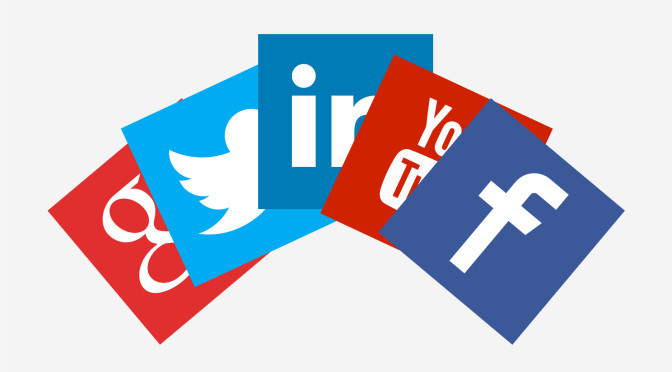For small business owners, finding the right tone and voice is more important than shouting from the rooftops hoping you’ll reach someone with your message. Small businesses setting up accounts on all social media platforms have been up for debate for quite a while, and depending on who you ask, the answer may vary. Most social media marketers push their clients into using all platforms, when it reality, they’d be better off focusing on one or two social media accounts. Let’s go a little more in-depth on whether being on Facebook, Twitter, Instagram, and other platforms are a necessity, or unnecessary depending on the market your business is in.
Social media and the marketing strategies that come with it, have been well-known for quite some time now. We know that each platform differs, and the users may have different ways of communicating with each other or businesses. With that in mind, before jumping right in, you need a solid strategy that not only has the right tone for the target market you’re trying to reach, but also that your content is appropriate for that platform. Too many small businesses use multiple platforms as if they’re intertwined, but the content that is being shared on Facebook, may not get noticed on Twitter and vice-versa.
Facebook should always be at the cornerstone of your social media marketing. The platform has essentially become an extension of your website as your posts can be perceived as mini blog posts or updates that were once specifically shared on web addresses or by email. Facebook’s ad campaign tools and boosting posts you’ve shared, will help attract new customers and followers. While it’s unfortunate that to achieve engagement from potential customers for followers requires an investment of cash, it’s better to spend money on a platform that works, than putting money into Twitter or Instagram that don’t yield a high ROI despite what social media marketers want you to believe.
Instagram goes hand-in-hand with Facebook as the photo content oriented platform is a subsidiary of Facebook. Pictures you share can be directly posted to Facebook, making content multi-platform friendly. Twitter on the other hand makes it difficult, as the photo that gets shared is formatted as a link. This is just one of the meany disadvantages of Twitter, which I’ll get into later.
Many small businesses thrive on Instagram because hashtags make reaching people simple. Without even spending a dollar, your following numbers can increase just by content alone, and since Instagram doesn’t limit businesses in terms of engagement, you can follow, comment, and like your potential customers’ photos which ads another level to your marketing; being personal. Instagram, more than other platforms, truly is business-friendly. Time more so than money should be invested, as paying for followers gets you fake accounts or people who don’t live in the United States. All this achieves is the perception of having a large consumer base, but in realty it’s deception that doesn’t persuade customers to buy from your online store at the end of the day.
Twitter is one of those platforms where it either works for your business or doesn’t. Small businesses that offer services have the best success because they’re more likely to use content that involves articles or written content. Twitter is a social media marketer’s paradise as many corporate businesses and entrepreneurs who aren’t in retail use the platform daily. The marketers also can write concise tweets that share their knowledge, and with so many social media gurus rising on the platform, their posts can go viral. With all that said, Twitter’s real value became apparent during this past election season as we finally saw what market thrives off small blurbs of information along with a link to articles.
Media, whether mainstream or alternative enjoyed Twitter’s journalist-friendly forum. News could go viral very quickly, and with the platform being wide open with very limited private accounts, articles, tweets, and pictures would reach thousands, if not millions in a matter of minutes. The last few months proved that businesses would see better results if Twitter became their news platform, while Facebook and Instagram attracted customers through the use of eye popping content.
Each platform offers different tools, advantages, disadvantages, and audiences. Your business’ success hinges upon the tone you use, along with the segment you’re in, and the content that is created based on who your target market is. If articles and written content make up a large percentage of your marketing efforts, Twitter has to be the first platform you use. If you’re into retail, look no further than Facebook and Instagram. Both social media platforms give small businesses the ability to reach thousands of potential customers of all ages, and through the use of picture and text content, you’ll attract to clients and customers, with or without spending money, depending on whether you’re heavily engaged with Facebook as opposed to Instagram where time and content prevail.
Remember, just because one or two platforms make up 100% of your social media marketing, that doesn’t mean you shouldn’t experiment with new social media apps that will be released in 2017. Find the right voice and tone, and if your target market is on these platforms, go hard with content and marketing. Experimentation may lead to success, but if not, it’s always important to keep trying. The market is changing everyday, and it’s up to you to stay one step ahead of your customers.
